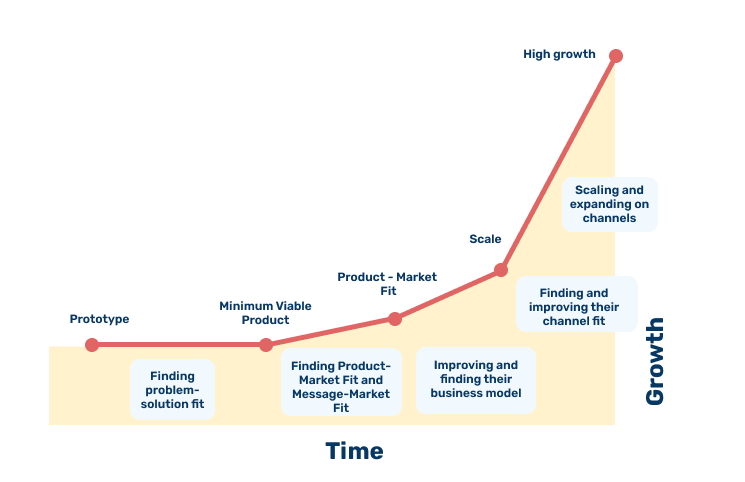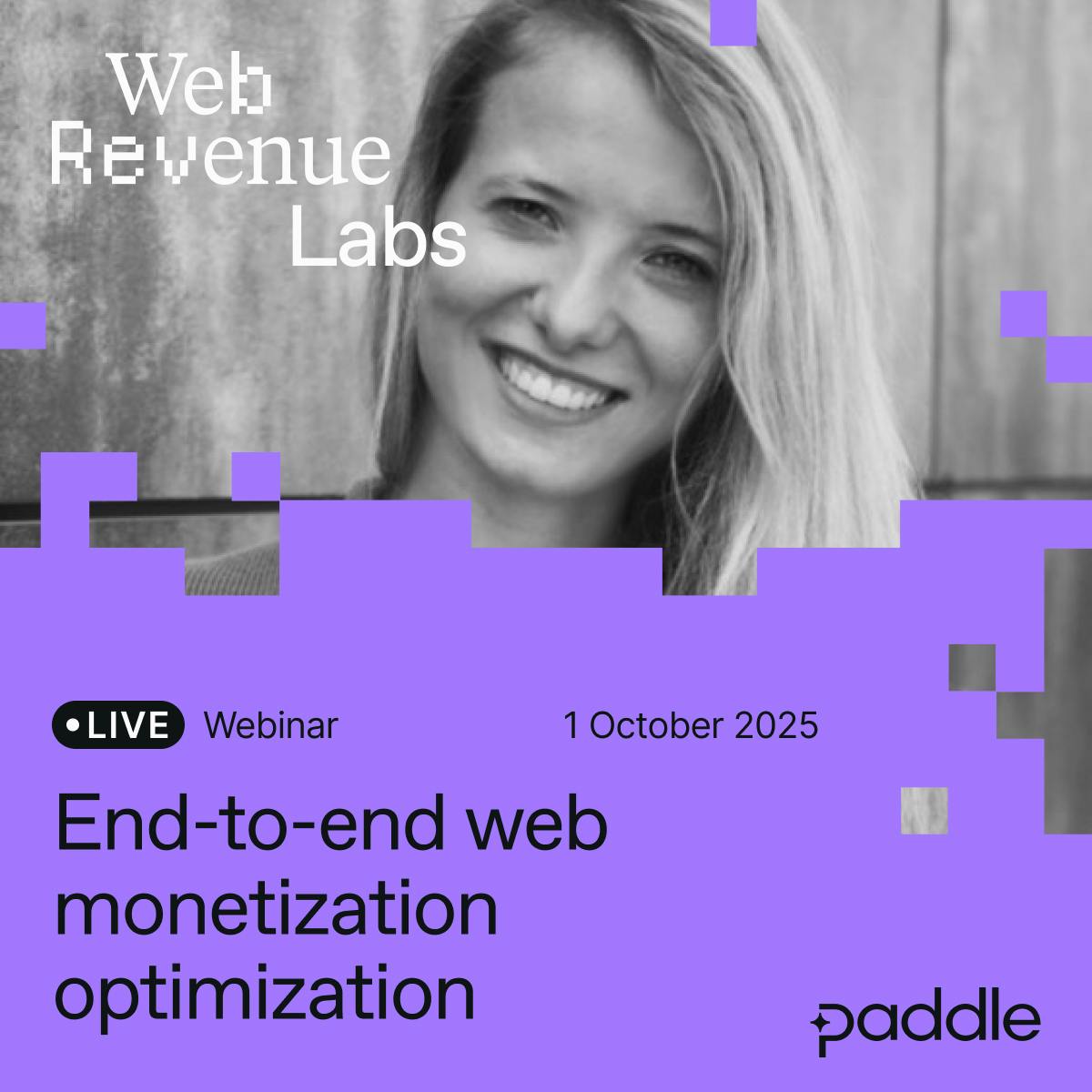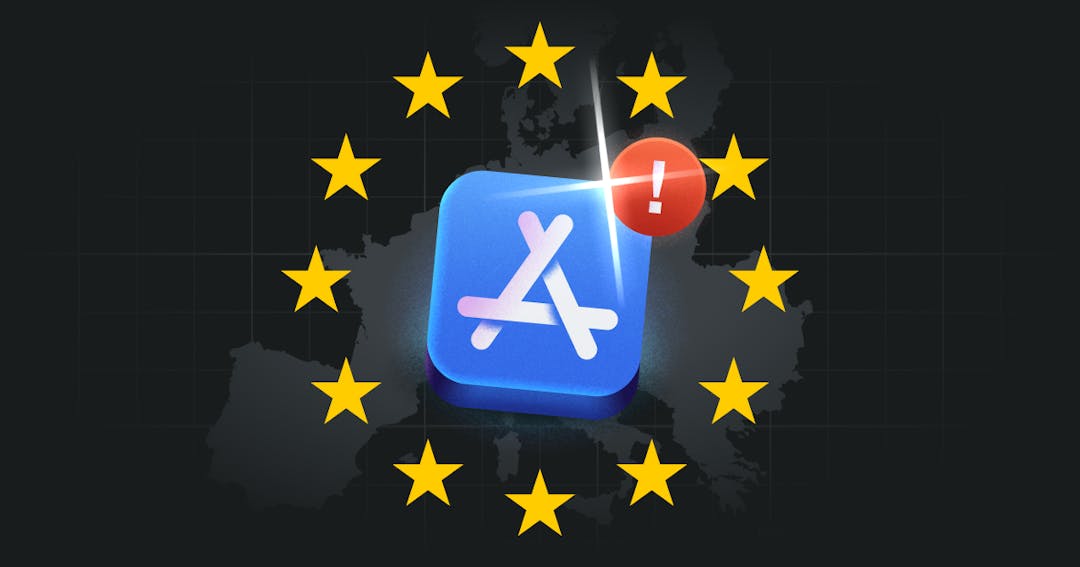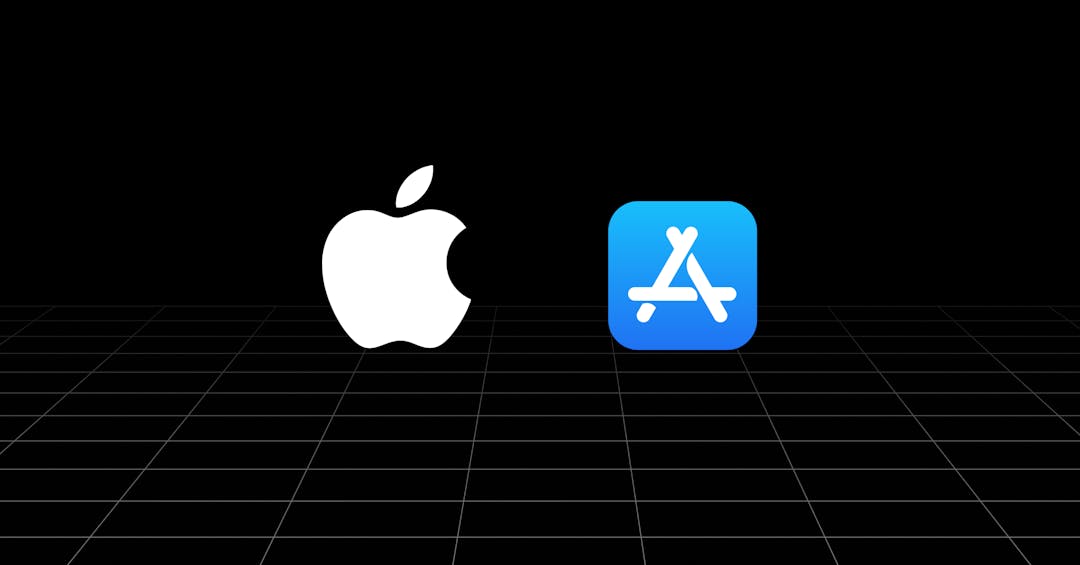Everyone talks about Product-Market Fit, but here’s the thing with apps and freemium SaaS products: you can have Product-Market Fit without Product-Model Fit. What does that mean? People may love your app or tool, but they aren’t willing to pay for it. And their willingness to pay will depend on more than just your app pricing.
I’ve seen it far too often. It’s one thing to have traction as a free or low-priced app, but if that isn’t sustainable, you don’t have a business model that works or scales. Product-Model Fit typically builds on top of Product-Market Fit, but in reality, they often evolve together as one continuous process.
In this article, we’ll look at:
- Where most startups go wrong
- How to know you have Product-Model Fit
- How to find Product-Model Fit
Spoiler: it’s so much more than your app’s pricing strategy.
Where most startups go wrong
Too many startups skip from getting some initial engagement and retention straight to channels and acquisition. But the step in between is Product-Model Fit, and it is often overlooked. I don’t think I’ve ever been asked to help with Product-Model Fit, but I’ve been asked far too often what to do when CAC is too high.
So how can you tell if your issue isn’t actually channel-related? A key signal I’ve seen is a low trial-to-paid conversion rate. Often, even the number of trials started is low. (If you’re not offering a trial, look at your paid conversion rate instead.)
Another common trap is chasing additional audience segments too early. Instead of doubling down on the 1 to 2 segments that already show strong trial-to-paid conversion and retention, startups get distracted trying to appeal to everyone.

How to know you have Product-Model Fit
There are two sides to it:
- A willingness to pay from your audience
- A pricing structure that is sustainable for you
It’s great if people pay $5 per month for your app, but if you have a small niche, that doesn’t work if you want to scale. I met a startup that charged $8 per month for a specific health issue, which, combined with a smaller market in that country, made it hard to grow.
It’s all about finding a balance between what people can and want to pay, your costs, and your ambitions.
Some signals to watch for to know if you have Product-Model Fit:
- Strong trial-to-paid conversion rate
- A sustainable LTV/CAC ratio
- Pricing matches perceived value
- Strong signals of retention
- Monetization strategy aligns with usage
Now, a lot of apps I meet think only about the mobile app pricing when it comes to monetization, but it is also about:
- What you do and don’t charge for
- The packages you offer
- Your pricing model (e.g., free trial, freemium, premium only)
- Conversion flow: Web2App and/or app only
All of these are part of finding Product-Model Fit.
Finding Product-Model Fit
Once your initial retention is strong, I advise interviewing high-retaining customers. Here are some of the questions I like to cover:
- What are you currently using to solve this problem?
- How much do you pay for that solution?
- What other solutions have you used in the past?
- What led you to switch?
What people say they are willing to pay and what they actually pay often differ. That’s why seeing what they have paid for in the past is key to understanding their real willingness to pay.
From there, I tend to look at usage frequency, reasoning, and time to see results. This will help you design packages, for example, weekly, monthly, and annual.
As much as apps love annual subscriptions, they are just one option, and you need to adjust to your customers’ natural usage duration. For example, if people use your app for seasonal activities, you will want to offer shorter durations compared to a workout app where usage tends to be longer term.
Popular app pricing models to consider
You also need to work out what app pricing models suit you. Here is a quick guide to the subscription options (though it’s far more nuanced than this):
Model | Best for | Watch out for | Examples |
|---|---|---|---|
Freemium | Virality and usage-led growth as well as large target audience | May attract low-intent users | Spotify, Notion, Duolingo |
Free trial | High-perceived value apps | Trial length must match the usage curve | Calm, Strava, 1Password |
Premium only | Quick paywall and model validation | Lower top-of-funnel volume | Scanner Pro, Memrise |
Hybrid (Sub + ads/one-off/product/usage-based) | Apps with a broad audience and/or diverse usages | Complexity in user experience | Netflix, Peloton, OpenAI (ChatGPT) |
Sometimes, offering premium only at the beginning can be a good move to quickly distinguish between those who are and aren’t willing to pay. Also it doesn’t make sense to offer a free trial if you also provide weekly subscriptions, as that effectively becomes a free trial in itself.
To spice things up further, we’re seeing a massive rise in hybrid monetization—no longer subscription-only approaches, but instead combining subscriptions with:
- One-off purchases
- Ads
- Physical products
- Usage-based pricing
Especially for AI-driven apps and SaaS products, the last pricing model is interesting because AI costs often increase with usage.
Why your monetization flow (Web vs App) matters
Finally, consider your conversion flow (Web2App, app-to-web, in-app) and decide which makes sense to test first. I usually recommend starting with one, as managing both at once can be challenging while learning which onboarding flow works best.
For apps, don’t be too quick to assume in-app is the best approach. There are growing advantages to Web2App funnels, especially since in the US, you can now link directly to your web funnel. More and more apps are choosing to capitalize on these changes.
I had a client who consistently found Web2App performed better for them. Their international audience was older and felt more comfortable with first completing a quiz online, learning about the app, and then signing up. Given Meta was our main channel, it also allowed us to measure far more effectively campaign performance in terms of which angles and campaigns drove the highest LTV customers. With web, you tend to have better insights into attribution making it easier to measure and analyse acquisition efforts.
It ultimately comes down to mapping out your app’s priorities and selecting the most effective approach. If you want to conduct extensive testing on onboarding and pricing, Web2App can be a better starting point. Eventually, most apps test both approaches.
Product-Model fit is a continuous process
Don’t be too quick to assume a specific package, price, or approach isn’t working for you. There are many nuances to getting the setup right. Take Web2App, for example.
Even once you gain traction and start moving toward sustainable LTVs, that doesn’t mean you are done. I worked with an app that had excellent first-to-second-year retention and usage. However, they charged too little for monthly versus annual subscriptions, which drove down their LTV because many users signed up for monthly plans. So, optimize your packages, trial length, and more based on initial signals.
From there, certain packages will better suit different audiences. For example, Netflix offers a Premium subscription clearly focused on families.
Another consideration we haven’t talked about yet, but that offers additional opportunity, is price localization. You might start by optimizing your Product-Model Fit in your initial market and then begin testing and improving in other markets. Just because you have Product-Model Fit in one market, don’t assume you have it in another. You may even need to revisit your core value proposition if your positioning or product assumptions don’t translate well.
There’s a great case study podcast about how Flo Health optimized regional prices and positioning to drive growth.
With this focus on price localization, one of the reasons apps stick to in-app is because the App Store manages not only localized payments, funds and chargebacks, but also manages sales taxes globally. This sounds great, but it comes at a high cost as you're scaling with the percentage the app stores are taking.
It’s easy to dismiss Web2App with the belief you have to manage it yourself, but if you bring in a Merchant of Record (MoR), like Paddle, it actually handles all the complexities that the App Store does, but for web payments. This means you don't have to worry about building your own global payments infrastructure and you’re keeping a larger percentage of revenue at the end of the day.
Costs can impact your product-model fit as much as your app’s pricing can, so you also need to consider this when scaling your app. Many apps even choose to test pricing their web subscriptions lower than in-app because the costs there tend to be lower, and so they pass on some of those savings to the end customer.
If Product-Market Fit is about delivering value and building something your customers love, then Product-Model Fit is about capturing that value for both sides reliably and sustainably. It is much more than mobile app pricing and includes factors like your pricing model, monetization flow, and more to build a sustainable business model.
Daphne will be joining Paddle's VP of Product, Lucas Lovell, for a live, tactical session on web funnel optimization on Wednesday, 1 October at 5pm GMT.
They'll unpack what it really takes to optimize your entire web-to-app funnel for monetization, from first touch to loyal user. Register below.






